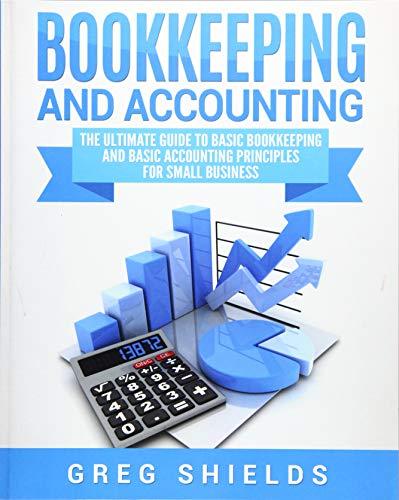FIFO Perpetual Inventory The beginning inventory at Dunne Co, and data on purchases and sales for a three-month period ending June 30 are as follows: Required: 1. Record the inventory, purchases, and cost of merchandise sold data in a perpetual inventory record similar to the one illustrated in Exhibit 3, using the first-in, fir method. Under FIFO, if units are in inventory at two different costs, enter the units with the LowER unit cost first in the Cost of Goods Sold Unit Cost column and in Inventorv Unit Cost columin. Dunne Co. Schedule of Cost of Goods Sold 2. Determine the total sales and the total cont of goods sold for the period. Journalize summary entries for the sales and corresponding cost of goods sold for the period. Assume that all sales were on account. If an amount box does not require an entry, leave it blank. 3. Determine the gross profit from sales for the period. 1 4. Determine the ending inventory cost as of June 30. s. 5. Based upon the preceding data, would you expect the ending inventory using the last-in, first-out method to be higher or lower? FIFO Perpetual Inventory The beginning inventory at Dunne Co, and data on purchases and sales for a three-month period ending June 30 are as follows: Required: 1. Record the inventory, purchases, and cost of merchandise sold data in a perpetual inventory record similar to the one illustrated in Exhibit 3, using the first-in, fir method. Under FIFO, if units are in inventory at two different costs, enter the units with the LowER unit cost first in the Cost of Goods Sold Unit Cost column and in Inventorv Unit Cost columin. Dunne Co. Schedule of Cost of Goods Sold 2. Determine the total sales and the total cont of goods sold for the period. Journalize summary entries for the sales and corresponding cost of goods sold for the period. Assume that all sales were on account. If an amount box does not require an entry, leave it blank. 3. Determine the gross profit from sales for the period. 1 4. Determine the ending inventory cost as of June 30. s. 5. Based upon the preceding data, would you expect the ending inventory using the last-in, first-out method to be higher or lower










